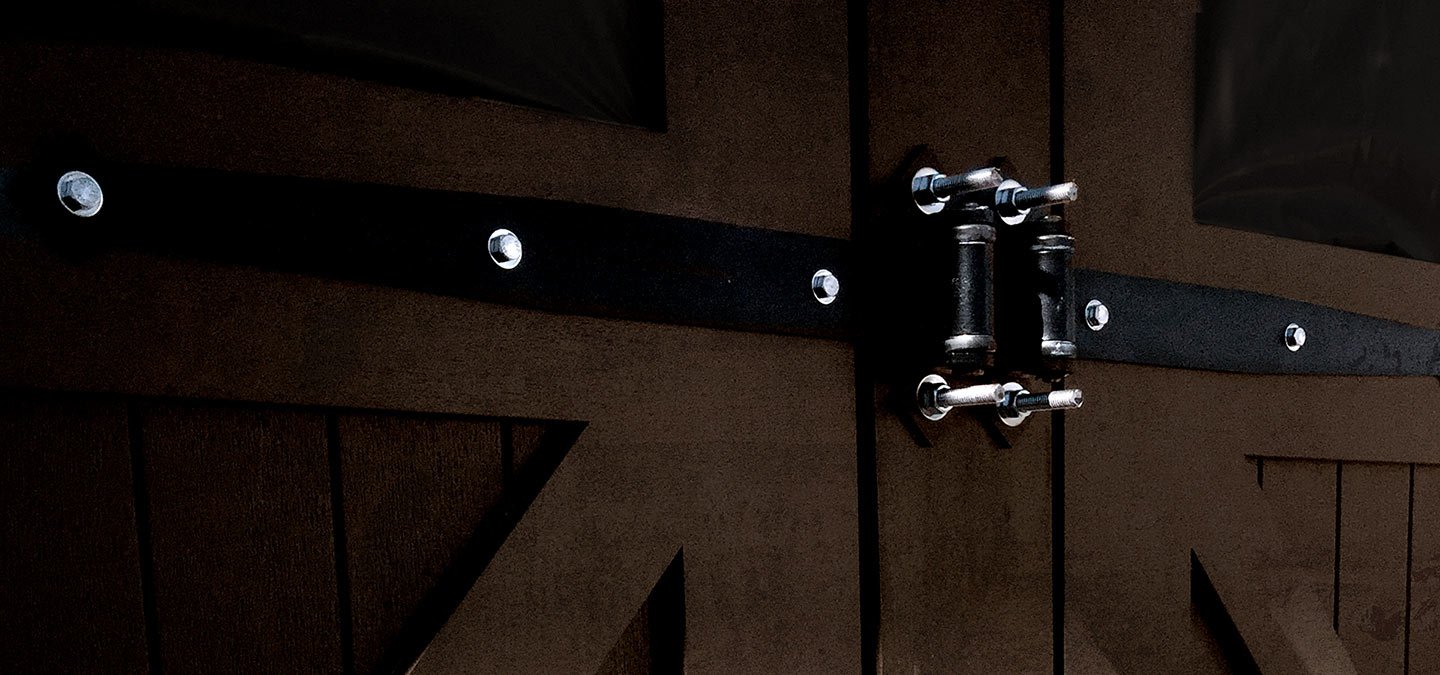In an era of developing robotics and boosting technology, businesses oftentimes prefer the cost-effectiveness of robotic labor over employee handiwork. However, as a result, finished products can lack the artisan effect. Furthermore, which technique should an industrial or welding company utilize more often? In the content below, we compare the pros and cons by assessing hand welding vs robotic welding. By learning the differences in metal fabrication processes, this can help you make the right decision according to your manufacturing needs.
Robotic Welding
Robotic welding is another name for automated welding and involves one of two processes: fully automated and semi-automated. Fully automated welding processes operate with machines guiding the sheet of metal through the entire welding process, from start to finish. In semi-automatic welding, an operator manually loads the metal in and removes it once the welding process is complete.
Three Valuable Advantages
Regardless of processes involving fully or semi-automatic programming, robotic welding offers three advantages:
Higher Accuracy
With a robotic welding system’s automated processes, it allows the operator to maintain weld integrity using electronic weld process controllers. Additionally, an automated welding application can retain high accuracy and consistency, even after repeating the same application over and again. With the ability to operate 24/7, an automatic, robotic welding system will never grow tired or distracted as opposed to hand-welding employees.
Increased Output and Improved Safety
Naturally, robotic systems have the programmed capability of working at a steady and fast pace throughout an entire day without any loss of accuracy or endurance. As a result, they do not experience fatigue or need to take breaks and days off, unless the system requires repairs or program updates.
Additionally, when a robotic welding system is performing most of the hazardous tasks, the safety of your workers improves. With an increase in workplace safety, you lower the risk of injury.
Lower Production and Labor Costs
As aforementioned, automated machining can perform repetitive welding processes for extended periods of time with minimal manpower. By completing routine and repetitive welding projects with robotic welding, your overall production and labor costs gradually diminish.
Although employees are necessary for semi-automatic welding processes, it requires less time and work than hand welding the same project. Additionally, with the on-boarding of a robotic welding application, you will not need to calculate the labor costs associated with injury, overtime pay, sick leave, and staff turnover.
Three Disadvantages to Consider
Lack of Flexibility
Although robotic welding can repeatedly perform the same tasks, it becomes difficult when you need it to do something different. In order to change a robotic welder’s function, it must be reconfigured, costing you time and productivity. Therefore, if you find that your projects are often in a wide array, manual welding may be a more practical solution.
Associated Costs and Expenses
Automatic welding requires a considerable investment to purchase, install, program, and maintain. Although, over the long-term, a robotic welding application may save your business money in labor costs. However, if your business does not intend to utilize it regularly, acquiring an automated welding system may not be worth the cost.
Dependency Risk
A final disadvantage to robotic welding is building dependency on your technology. Companies who remain reliant only on robotic welding could be shut down for a few hours, or even days if the machinery breaks down. However, by practicing hand welding regularly, your business will run unaffected with malfunctioning robotic welding.
Manual Welding
In manual welding, the fabrication is performed by humans, not machines. This type of fabrication is quite popular for certain needs in today’s marketplace, especially with custom orders.
Three Valuable Advantages
Superb Quality
This is why the artisan will never be replaced entirely. Despite advances in technology, manual welding is still a popular trade. As opposed to the mechanical, robotic finished products, superb quality and handcrafted detail can be achieved by skilled manual hand-held welding.
Increased Flexibility
Once an employee understands the basics of welding and knows your business procedures, they can acclimate to any project at hand. As opposed to a robotic welding system that requires re-configuring with each project, hand welding projects can be worked on right away.
Additionally, your business will not be jeopardized due to malfunctions if most of your welding projects are completed by hand. If one of your welders cannot work one day, you can simply ask another to take over the project. However, if your robotic welder breaks down, many processes halt until repairs are effectively made.
Cognizance
When a qualified welder is steadily working on a project, they will quickly notice if anything goes out of line on the manufacturing floor. Oftentimes, a human worker will see the issue before a robotic welder would as it would typically continue working unless something causes a malfunction. As a result, your hand welder could save a project from damage or a fellow coworker at risk of injury.
One Major Consideration
Safety Risk
If an employee is injured on the job, it can put him or her out of work for a while. As a result, your business production could be greatly impacted. However, if most of your welding projects are completed by robotic processes, employee safety is greatly restored. If something goes awry with a robotic welder, it only needs a simple repair.
Find Artisan Quality with RW Hardware
Manufacturing high-quality hardware kits for every door and hinged application does not have to be complicated. Therefore, our sophisticated welding techniques help ensure both optimal functionality and product longevity.
At RW Hardware, we provide all the necessary components for any of your stall door and latch preferences and needs. We are here to guide you in selecting the right stall door latches and answer any of your questions.
If you would like to know more about the hardware kits we offer, contact us today!


